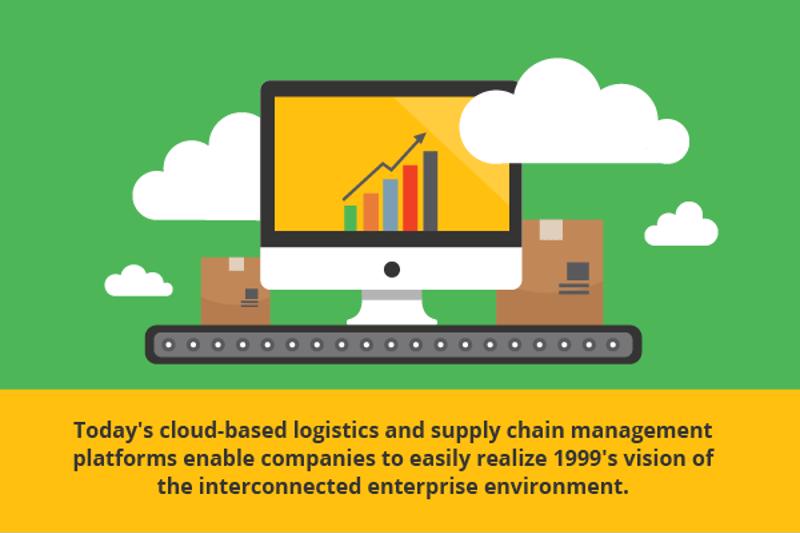Twenty years can go by in a flash: It feels like just yesterday American culture was dominated by boy bands, “The Matrix” knockoffs and (ugh) nu metal. The world was a very different place in 1999, and nowhere is that more apparent than in our supply chains. Thanks to the development of innovative technology, supply chain management has become easier than ever, removing bottlenecks and data silos while making even the most complex systems far more predictable and reliable.
Let’s take a trip back to 1999 to see how people viewed and talked about the supply chain 20 years ago, what’s changed and what lessons we can take away from that era.
Y2K fears fuel supply chain panic
As the new millennium approached, many people were caught in the grips of existential panic. While some of that anxiety could be chalked up to overactive imaginations spurred on by pop culture and by the pre-millennial prognostications and anxieties of everyone from Nostradamus and Prince to the video game “Chrono Trigger,” the biggest concern leading up to New Year’s Eve 2000 was the Y2K bug.
Although Y2K is widely viewed as a big false alarm by the public today, the fears it sparked were valid at the time. Many computer systems were not designed to account for their internal calendars switching from the 1900s to the 2000s, and that glitch could conceivably have led to widespread system failure if not corrected.
Considering how supply chains were just as interconnected then as they are today, it’s easy to see how organizations could leap to the worst-case scenario. A December 1998 Computerworld article discussed the domino effect that could result from a system crash at one point in the supply chain. It theorized that even applications, platforms and databases that had corrected the glitch could still experience delays or stoppages because suppliers upstream would be unable to deliver materials and make shipments on time.
“We’re all going to sink or swim together,” Skip Patterson, then-executive director of the Year 2000 Program Office at Bell Atlantic, told Computerworld. “The people who don’t fix their problems will hurt the people who do.”
That all may seem quaint today, but the Y2K bug clearly demonstrates how fragile the supply chain is, and why it’s absolutely essential that every component runs smoothly. Modern supply chain management platforms use automation, data analytics and seamless integrations to link every piece together, give stakeholders more visibility and produce more predictable results.

Close partnerships, visibility key to supply chain success
Supply chains are, by their very nature, complex. The larger an organization’s footprint goes or the more complicated its products are, the more players that are added to its supply chain environment. Under those circumstances, it’s very easy for things to go wrong: shipment delays, inventory overstocks, production stoppages, etc.
MIT Sloan Management Review’s Summer 1999 edition featured an article highlighting these concerns and arguing that closer relationships between businesses and suppliers would help alleviate such issues. Authors Charles J. Corbett, Joseph D. Blackburn and Luk N. Van Wassenhove stressed the importance of accurate information and urged organizations to readily share data and reports between business units and third-party suppliers. By doing so, they argued, companies could reduce unnecessary costs — such as on keeping inventories overstocked to head off potential future shipping delays — and run leaner and more efficiently.
And you know what? They weren’t wrong. Inspirage shares that mindset, especially in regard to increasing supply chain visibility and data-sharing so stakeholders from different departments can stay up to date on the latest developments. When business units are walled off from one another, it becomes impossible to synch up their efforts and manage an efficient supply chain.
Today’s cloud-based logistics and supply chain management platforms enable companies to easily realize 1999’s vision of the interconnected enterprise environment. From suppliers and manufacturers to commercial shipping companies and retailers, every component can be seamlessly linked, resulting in fewer errors, delays and unnecessary expenditures.
We have the technology today to reshape supply chain management into a model of efficiency, and Inspirage has the expertise and experience to implement a custom-built solution for any organization.